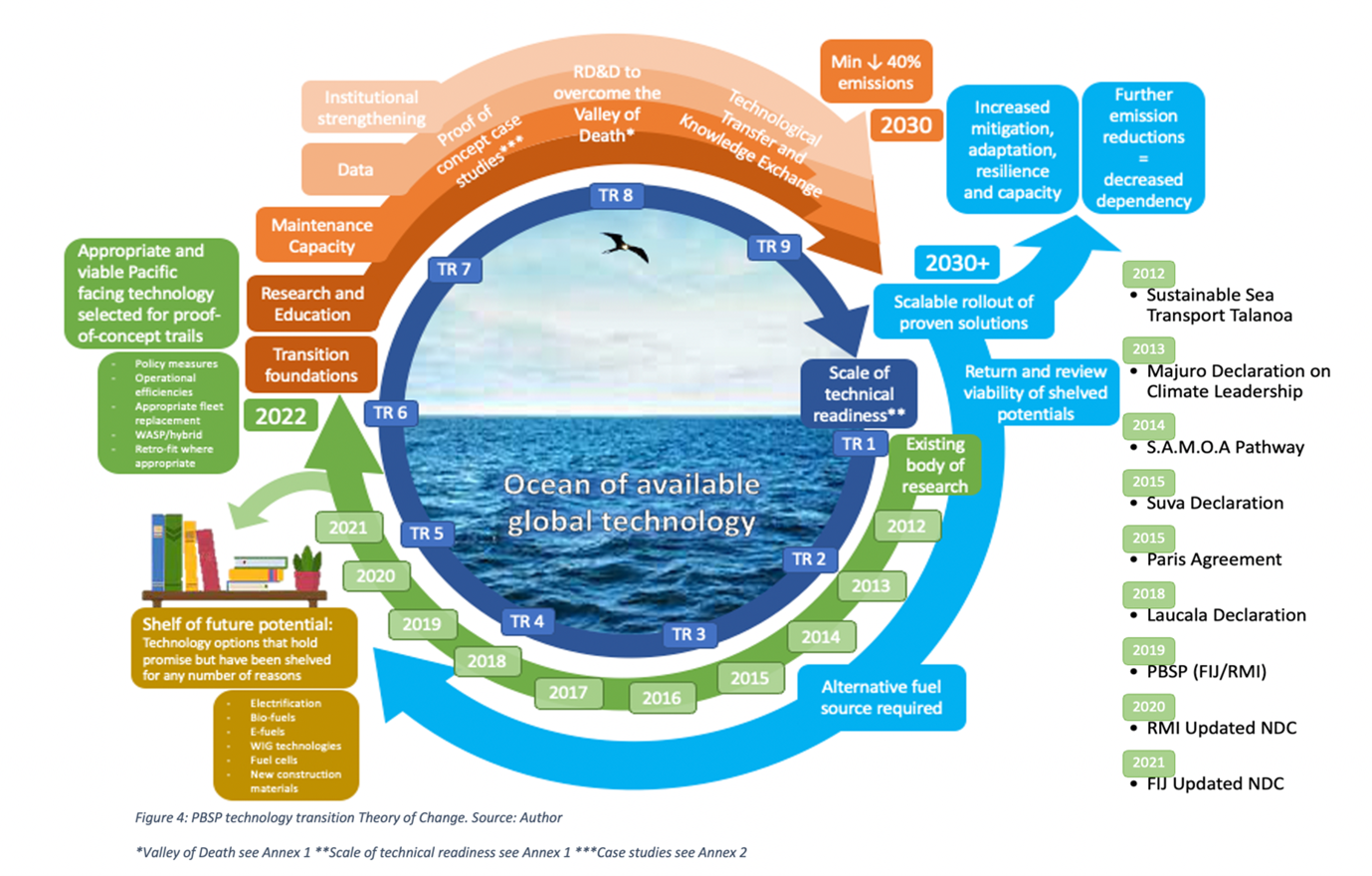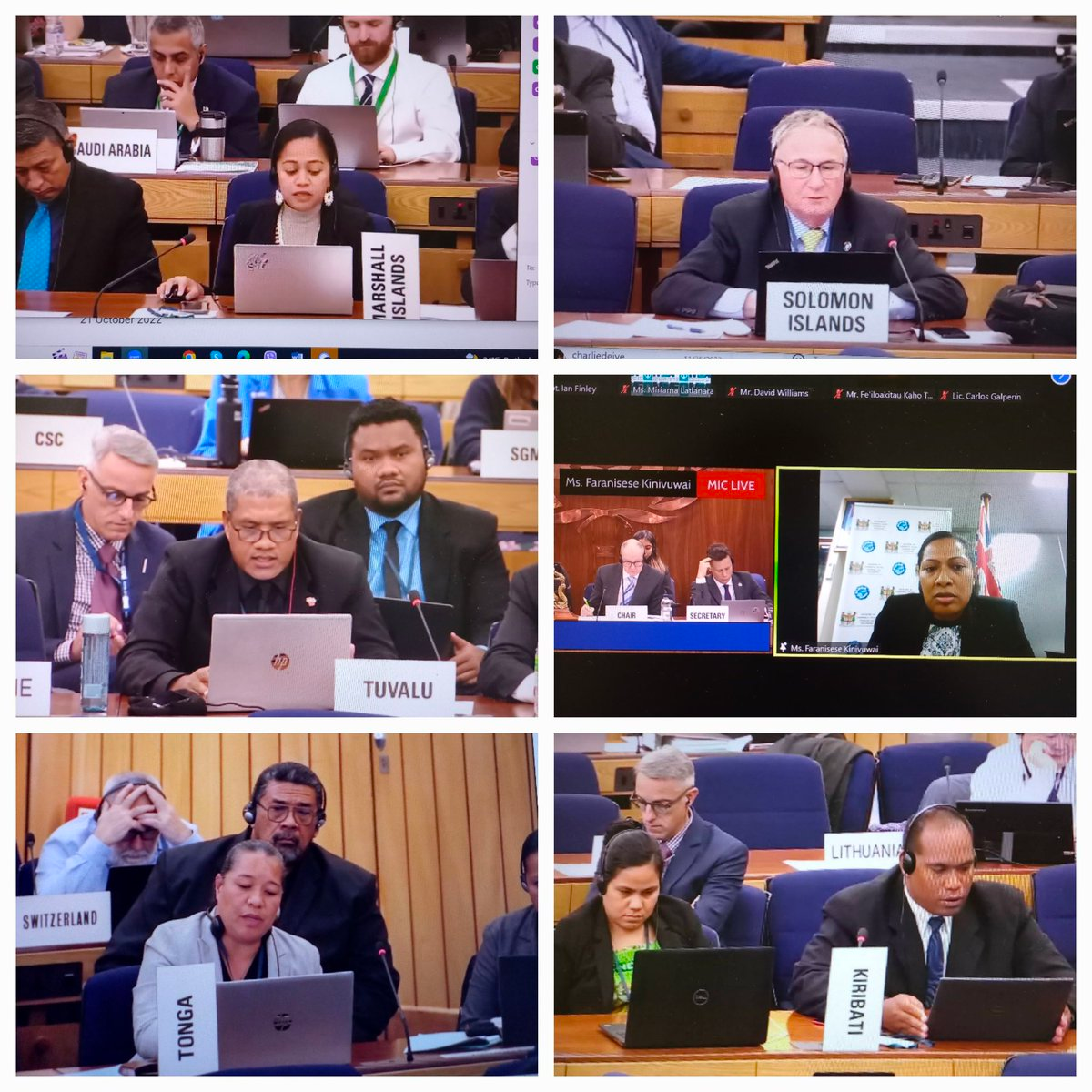As Pacific high ambition pressure at IMO for a paradigm shift for international shipping decarbonization builds and we inch closer to a real price on shipping emissions, we turn back to how to organize a parallel shift for our domestic fleets.
In our latest technical working paper, MCST suggests alternative narratives for the governance, financing and technology transition pathways for the Pacific Blue Shipping Partnership.
The speed and scale of transition required to implement our country’s NDC’s domestic maritime targets are unprecedented. It demands a complete revolution in technology and a paradigm shift in fleet management and operations as well as the financial investment and program delivery away from existing structures. A dedicated bespoke solution is required.
Our research considers a collective country approach with governance via a Ministerial Council of participating countries the most appropriate and efficient structure.
Central to PBSP’s design is the need for a country-owned and -driven program. In essence PBSP is a formal agreement between a number of states to:
- set a common objective via NDCs for their domestic shipping transition
- collaborate on setting national strategic policy and project priorities through National Action Plans to best advantage the collective Partnership
- agree to coordinate external no-regrets climate finance investment as a collective portfolio to best advantage the collective Partnership
- collaborate to build long-term in-country capacity and institutional strengthening to underpin the domestic maritime transition across the sector

For more information on the Pacific Blue Shipping Partnership, click here.
Posted on - 2022-12-07


